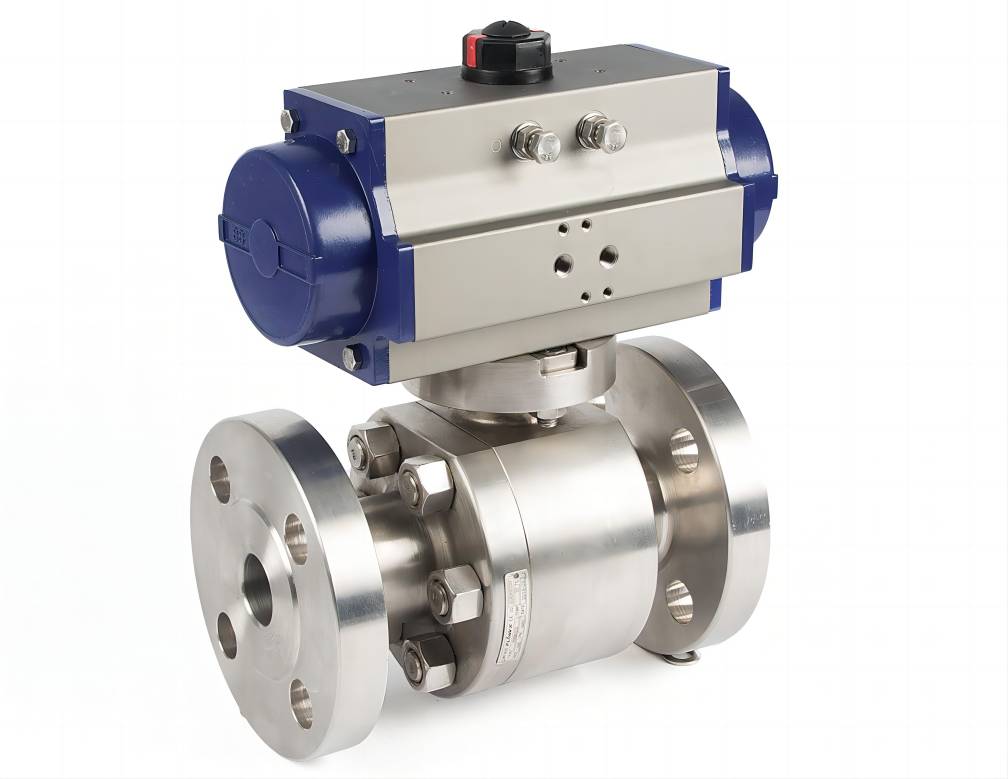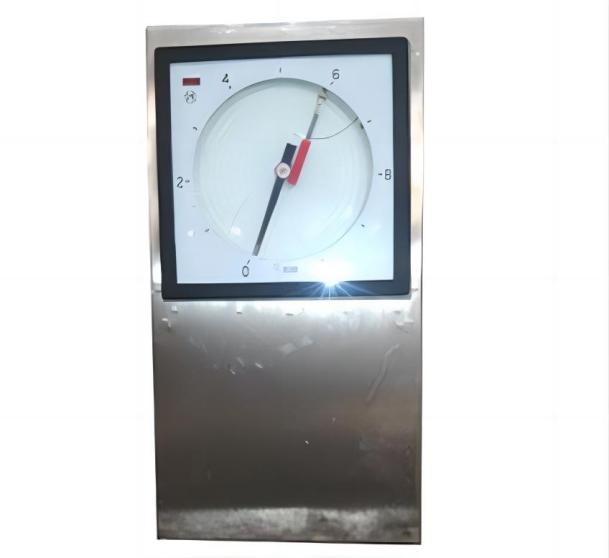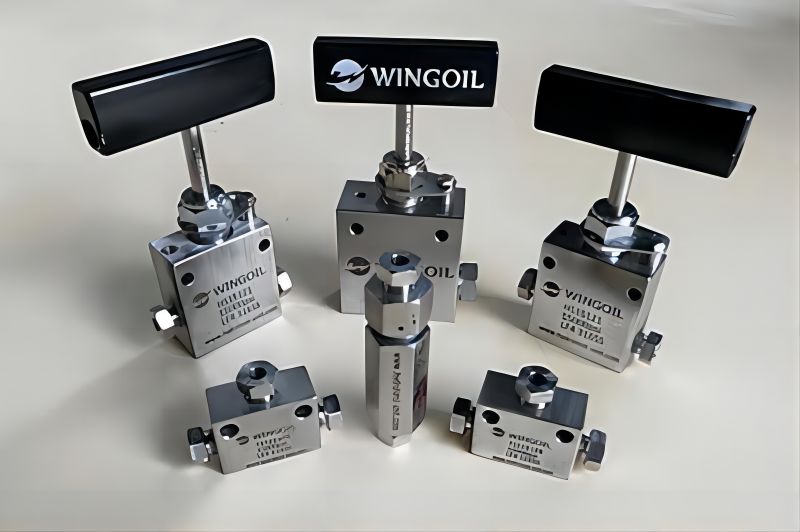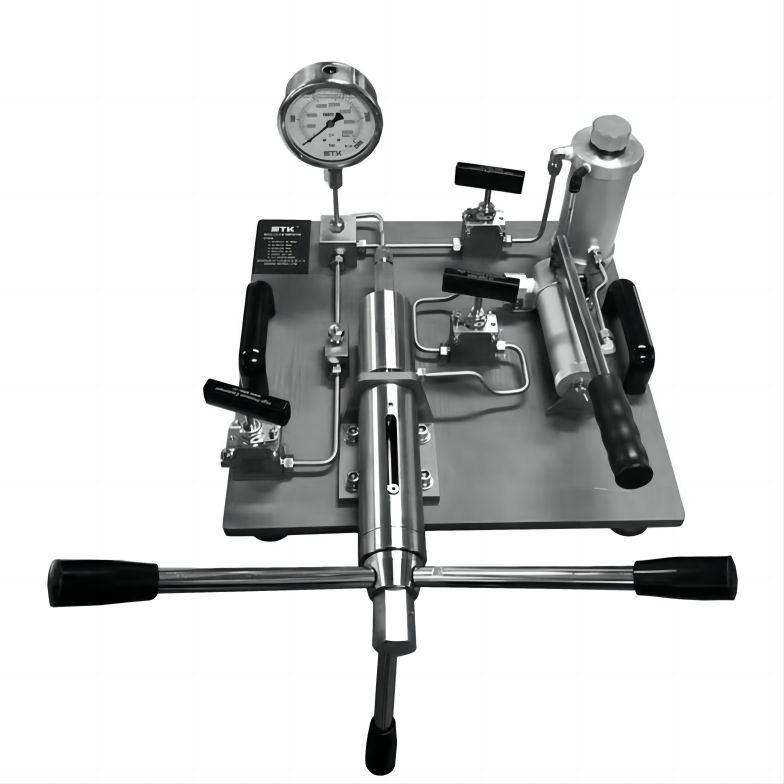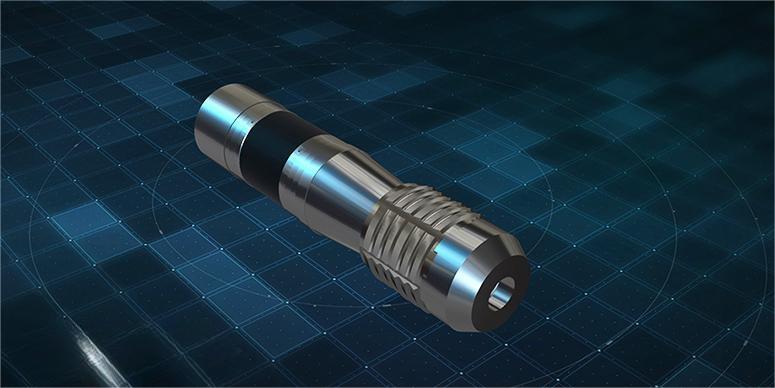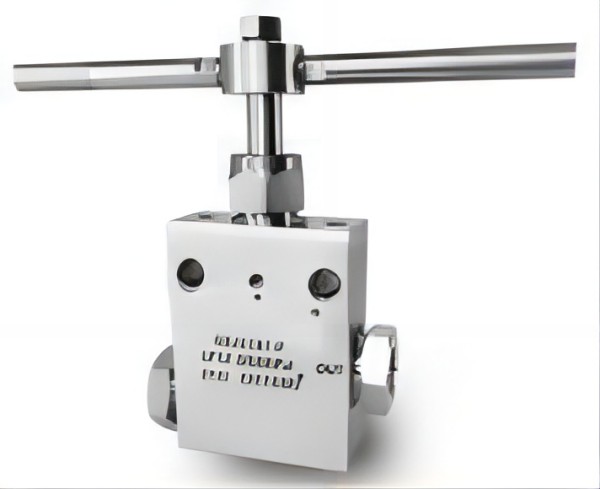All About Relief Valves – General Concepts, Terminology, and Applications
In general, the term relief valves refers to a type of valve that is designed to prevent overpressure conditions from occurring, which could result in an explosion, equipment failure, or the potential for injury or death to personnel. Relief valves can provide protection by venting fluid from a pressurized vessel or system or by adding fluid to prevent the formation of a vacuum condition, which could lead to the collapse of a storage tank.
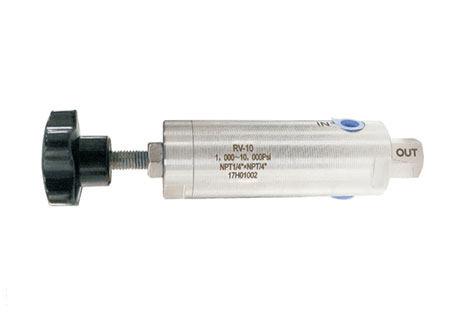
General concepts of relief valves
Many pressurized systems that control fluid flow, such as those controlled electronically, hydraulically, or pneumatically, use relief valves. While typical systems such as these require some form of power to operate, relief valves must by definition be capable of operating under all conditions, particularly in the event of primary power failure when the system controls may be inoperable. As a result, relief valves are typically not separately powered devices, instead relying on the passive power of the process fluid pressure to actuate the valve.
Furthermore, relief valves must be intrinsically reliable because they may be the only device that prevents a catastrophic condition from occurring. Because adding extra complexity to the device could jeopardize reliability, relief valve designs tend to be simple in operation.
Relief valves are made to open at a specific pressure, then release a fluid flow at their specified capacity, and then close after the pressure condition has subsided. These devices must also work with a wide range of fluids, including more corrosive and viscous fluids as well as air, water, and steam. The material choice for the relief valve design must take into account the expected pressure, temperature, and possibility of corrosion or chemical assault by the fluid in the system. The fluid being released through the valve may be vented either directly to the atmosphere or, if the medium is corrosive, toxic, or has a high enough recovery value, to a closed system. The performance of the relief valve may be adversely affected by back pressure circumstances, which must be evaluated and taken into account while venting a closed system. This might happen if the relief valve’s outlet is attached to a normally pressured system or if additional relief valves are venting into the same common header.
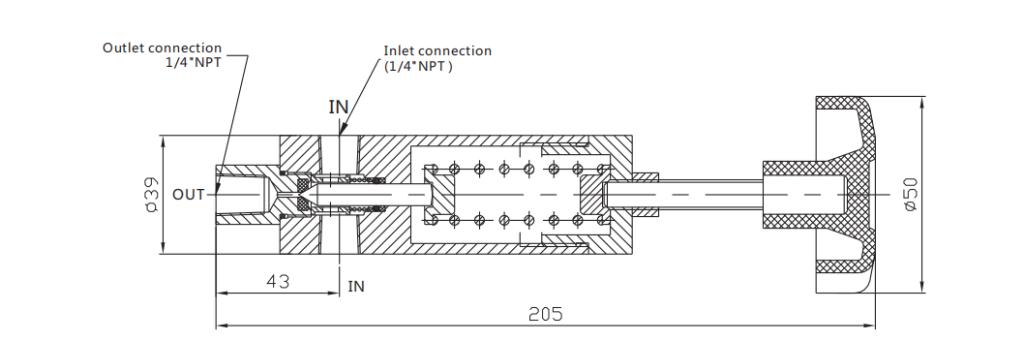
Key terminology of relief devices
Although at first look the phrases relief valve, pressure relief valve, safety relief valve, and safety valve appear to be interchangeable, each has a distinct definition, which is described below and is taken from ANSI/ASME Performance Test Code PTC-25-2008. From a hierarchical perspective, it could be helpful to classify the group of items that carry out this function as pressure relief devices, and then within that group, to categorize particular device types as belonging to one of two classes:
1. Non-reclosing pressure relief devices
The difference between these two types is that non-closing devices may need to be manually reset because they are made to stay open after being used. As soon as the overpressure or underpressure condition that caused the valve to open has subsided, the reclosing devices will normally close or reset.
2. pressure relief devices
- Pressure Relief Valves
- Safety Valves
- Relief Valves
- Safety Relief Valves
Pressure relief valves (PRVs) are spring-loaded valves that are intended to open in the presence of excess pressure and to close once regular operating conditions have been restored in order to stop fluid flow. They may open in a way that is proportionate to the amount of pressure that exceeds the opening pressure or are often rapid opening or pop action valves.
Safety Relief Valves combine the advantages of relief and safety valves. They can open and close quickly or gradually, and they typically react proportionately to a change in pressure. They can be employed with medium or fluids that are compressible or incompressible.
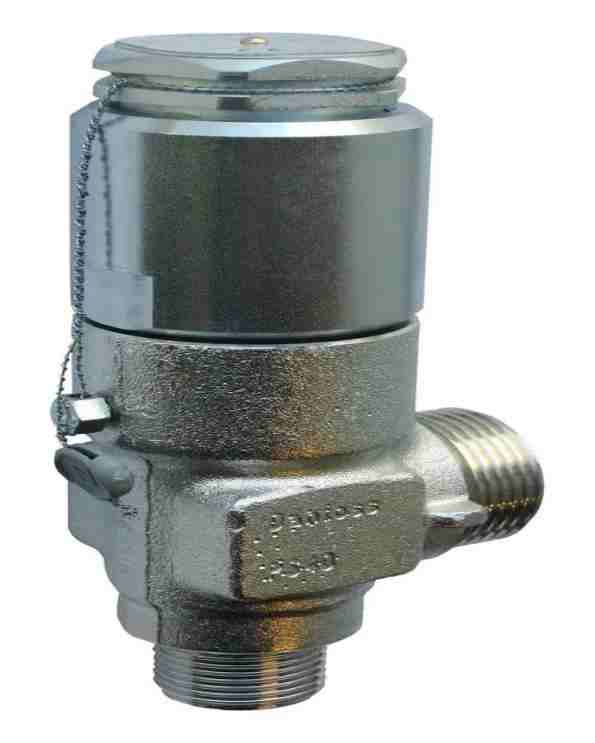
Applications of relief valves
Relief valves are used in a variety of settings to ensure the equipment and systems are operated safely, including in the following sectors:
- Aircraft & Aerospace
- oil & gas
- petrochemical
- power generation
- chemical manufacturing & processing
- hydraulic circuits
- pneumatic systems
- refrigeration
- cryogenics
- semiconductors
Facilities that use a lot of relief valves in their processes and operations will often implement automation systems that use wireless acoustic transmitters or comparable technologies to make it easier to monitor the state of the valves and less work to meet reporting requirements.
Pressure relief valves are used in residential heating systems that use domestic hot water tanks and boilers for hydronic heating in order to offer safety and prevent explosions. These valves, along with other safety features like expansion tanks and gas shutdown valves, help ensure the safe functioning of these pressure vessels when heated water expands in volume. In order to be tested during routine equipment maintenance, a lot of the models utilized in residential applications have test levers.

